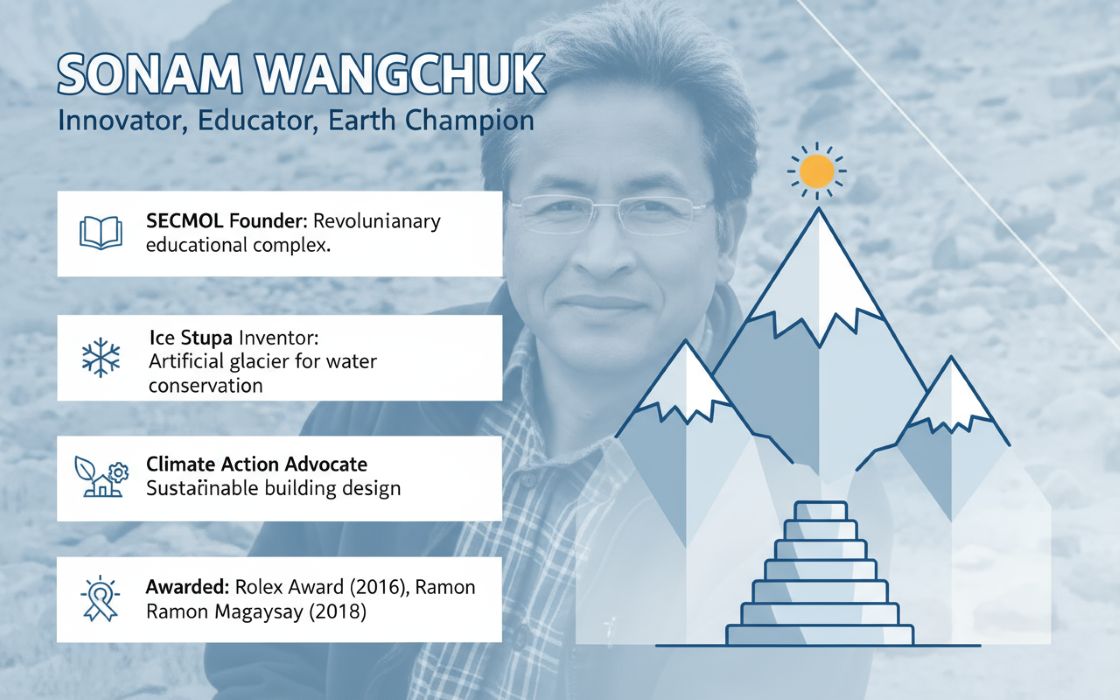Over the past decade, India’s social sector has witnessed a remarkable transformation. With the Companies Act of 2013 making CSR mandatory and philanthropic giving reaching unprecedented levels, social funding today stands at nearly 8.3% of the country’s GDP. Yet, this surge in capital has exposed a persistent challenge—the limited absorptive capacity of non-profits to translate funding into lasting, scalable impact. Recognising this critical gap, Anu Prasad founded India Leaders for Social Sector (ILSS) in 2017 to strengthen the sector’s leadership and institutional capabilities.
Through its pioneering programs and recently launched Centres of Excellence in Leadership, Fundraising, Governance, and Digital Transformation, ILSS has emerged as a key catalyst in building the ecosystem’s backbone—its people and organisations. In this conversation, Anu Prasad, Founder and CEO of ILSS, speaks to TheCSRUniverse about the organisation’s journey, its impact in nurturing over a thousand leaders, and why investing in talent, governance, and leadership is essential for achieving the vision of Viksit Bharat.
Q&A
Q. To begin with, could you tell us what inspired the creation of India Leaders for Social Sector (ILSS) back in 2017, and take us through the guiding mission and core objectives?
A. Over the last decade, India's CSR landscape has seen a dramatic shift. The Companies Act of 2013, effective from April 1, 2014, made India the first country to require businesses to contribute to social and environmental initiatives legally. Furthermore, commitments of prominent philanthropists like Azim Premji - whose lifetime giving today stands at $21 billion to philanthropy - and Nandan Nilekani have set a precedent for corporate giving in India. These shifts have had an exceedingly positive effect - Bain’s 2024 India Philanthropy Report states that India’s social sector spending over the last five years had experienced a robust annual growth of 13% and stands at approximately INR 25 lakh crore (≈ USD 300 billion; ~ 8.3 % of GDP) in FY 2024.
But despite this increase in funding, a significant challenge facing the social sector is the lack of absorptive capacity to utilise the available funds effectively. Research indicates that over 50% of non-profits lack a succession plan, while 90% express a need for dedicated capacity-building budgets (Source). Moreover, traditional funding models have often focused on programmatic expenses without addressing the foundational needs of these organisations.
Philanthropists such as Amit Chandra and Ashish Dhawan recognised this gap. They emphasised the need for funding that supports not just programs but also the infrastructure and management capabilities of these organisations. And that’s where the genesis of India Leaders for Social Sector (ILSS) happened. Our mission and goal are to enhance leadership and management capacities within non-profits. In 2018, following extensive research and discussions with sector stakeholders, we identified the need to attract talent from the corporate world to strengthen social sector organisations, adopting best practices of adaptability, resilience, and long-term sustainability.
We recognise that effective social impact requires strong leadership and robust institutions. We are bridging this gap by attracting and developing India’s nonprofit talent and leadership ecosystem. We build the capacity of the sector-grown organisation and their leaders with skills, tools and practices that can help strengthen their work, their teams, and their impact. - Through our focus on talent and leadership, fundraising, board & governance and digital transformation, ILSS is building the leadership infrastructure needed to power effective, mission-driven organisations and accelerate sustainable, systemic change across the country.
Q. ILSS works at the intersection of leadership, governance, fundraising, and digital adoption. Could you share a snapshot of its journey so far and the kind of impact it has created in its chosen areas?
A. Since 2018, ILSS has steadily grown into an anchor for leadership development in the social sector. We started with a simple goal: to bring the best of leadership practices - adaptability, resilience, strategic thinking - into a sector that desperately needed them. Along the way, we’ve supported 1000+ leaders and worked with 500 + social purpose organisations. One example is our Fundraising Program, launched in 2020 at the height of the pandemic. At a time when nonprofits were struggling with job losses and budget cuts, we helped leaders reimagine fundraising not as a transactional ask, but as a strategic, long-term capability. Today, alumni of that program have diversified their donor bases, built stronger financial models, and, most importantly, developed the confidence to treat fundraising as a leadership responsibility rather than a burden.
To give you an example, take the story of Proteek Kundu. He enrolled in the ILSS Leadership Program in April 2019, with a desire to give back to society after a successful 20+ year career in telecom. After enrolling in the program, he learned the importance of integrating education with local traditions, inspired by Prof. Rudrangshu Mukherjee’s insights on Mahatma Gandhi’s Nai Talim. Following his training, Proteek founded the NeevJivan Foundation, focusing on skill development for underprivileged tribal women in Maharashtra. By collaborating with local government and agricultural experts, he tailored vocational training to community needs, ensuring sustainable livelihoods. His approach emphasises that effective change requires deep community engagement and understanding.
Or the story of Vishal Kumar's leadership at Waste Warriors. He is an alumnus of The ILSS Fundraising Program as well. Under his guidance, the organisation quadrupled its budget and expanded to 11 locations with over 200 staff. By leveraging networks and skills gained through ILSS, Waste Warriors successfully transitioned from waste management operators to enablers, empowering local communities. Despite challenges like hiring qualified staff and maintaining culture during rapid growth, their future plans include enhancing data systems and fostering responsible tourism. Vishal's journey illustrates how effective leadership can drive impactful change in environmental sustainability.
Q. As you mentioned, the social sector in India has witnessed impressive growth in funding, but the issue of absorptive capacity remains. Why do you think this gap persists despite increasing donor confidence?
A. The truth is, many nonprofits were never designed for scale. Their leadership models were built for survival—getting by on thin resources, short grants, and extraordinary personal commitment. While funding has grown, the underlying organisational architecture hasn’t caught up. There’s still too little investment in second-line leadership, too much dependence on founders, and very little breathing room for reflection or long-term planning. This creates fragility: even well-funded organisations can struggle to translate resources into systemic impact. We have to understand that fundraising is not tactical; it is a strategic function integral to an organization’s long-term health. It’s also not just about the ability to secure funds - it is about building long-term relationships, fostering trust, and understanding that funders are the co-owners of your cause. It is only by equipping leaders with the skills needed for effective donor engagement and relationship management, that we can build resilient organisations capable of scaling their impact.
Unless we shift the conversation to include leadership, governance, and culture alongside program delivery, the absorptive-capacity gap will continue to hold the sector back.
Q. Your research highlights that over 50% of non-profits lack a succession plan, and 90% express a need for dedicated capacity-building budgets. What do these figures reveal about the structural challenges in the sector?
A. Many organisations like Dasra and Bridgespan have conducted these research projects. And all showed that over half of nonprofits don’t have a succession plan, and 90% want dedicated budgets for capacity building, it wasn’t just a data point, it was a wake-up call. It revealed how vulnerable the sector is to leadership churn, burnout, and discontinuity. Too many organisations are built around a single individual. Without a plan for who comes next, or without investment in middle management, missions can collapse when a leader steps away. It also revealed that the idea of capacity building is still seen as a “nice-to-have” rather than essential.
Change in the social sector is often slow and requires patience. We encourage leaders to be consensus-driven rather than hierarchical, engaging their communities in decision-making processes. We believe that listening - spending time understanding the context and complexities of the problems at hand before proposing solutions - is paramount.
A critical component of our fundraising leadership and capacity-building is recognising that fundraising is fundamentally a mindset shift. In India, there is a scarcity of professional fundraisers compared to countries like the U.S., where over 100,000 fundraising professionals exist. I have also found that, often, fundraising is often driven almost entirely by founders, placing a disproportionate burden on them. To build long-term sustainability, founders need to invest in strengthening their teams’ fundraising capacity, processes while also engaging their advisory boards as champions in this effort. However, as demonstrated during the pandemic - where organizations faced budget reductions and diversions of funds - the need for a robust fundraising strategy became vital for resilience. Organisations must develop diverse funding pipelines — relying on Corporate Social Responsibility (CSR), high-net-worth individuals (HNIs), institutional support, and retail funding — to mitigate risks associated with over-dependence on a single source.
The figures highlighted emphasize what I said before, that fundraising is not tactical; it has to be perceived as a strategic function integral to an organisation’s long-term health.
Q. Leadership development seems to be a core focus at ILSS. Could you tell us more about your flagship programs that are helping prepare leaders for the future of India’s social sector?
A. For us at ILSS, we believe that effective leadership is defined by several non-negotiable attributes. First and foremost is the humility to learn, unlearn, and relearn. This mindset is crucial because the complexities of social issues require leaders to be open to new ideas and perspectives at all times. Many individuals enter this space with a wealth of experience - but they must recognise that they don’t have all the answers. Successful leaders in this sector must also cultivate a dual perspective — the ability to view challenges from both a micro view and a macro view. This means understanding the intricate details of issues while maintaining a strategic overview.
We take participants through a journey that starts with self-awareness - understanding their values, strengths, and blind spots. Then we expand their perspective, helping them navigate India’s diversity of contexts and communities. We combine this with sectoral knowledge, exposure to domains like education, health, or gender - and functional skills like strategy, fundraising, and communications.
Through our flagship ILSS Leadership Programme, our approach to leadership is built on five pillars. The first is the Developmental pillar which begins with self-discovery and self-awareness. Leaders must engage in introspection to understand their own values, strengths, and weaknesses. Then the Perspectival Pillar recognises India's rich cultural, economic, and political diversity and respective nuances. Effective leaders must adopt a tailored approach to social impact interventions, understanding that a one-size-fits-all strategy often fails. Our Sectoral Pillar emphasises the importance of understanding various domains such as education, health, gender equality, and environmental sustainability. Leaders must be well-versed in these areas to implement effective interventions. The Functional pillar focuses on the skills required - from strategic planning, resource mobilization to embracing innovation. And finally, the Organizational pillar highlights capabilities necessary for running social sector organizations effectively.
Most importantly, we recognise that our approach to leadership has to be human-centric - our work is directly linked to the complexities of human life - and so placing human values at the core of our initiatives is critical for leaders in the sector. The result? Leaders who are not just effective managers, but empathetic, adaptive change-makers.
Q. ILSS has recently announced new Centres of Excellence in Leadership, Fundraising, Governance, and Digital Transformation. What role will these centres play in addressing the sector’s capability gaps?
A. Our Centres of Excellence are ILSS’s response to the sector’s most pressing capability gaps. The Leadership Centre, which is now our the Harish and Bina Shah Centre for Talent and Leadership, is an institution designed to fuel the next generation of visionary, values-driven changemakers.
This Centre marks a investment in India’s nonprofit talent and leadership ecosystem. It’s a step in addressing the chronic leadership deficit that continues to hold back the sector, even as philanthropy and CSR surge and will address that challenge through flagship learning programs, women’s leadership accelerators, community-led engagement platforms, and a growing body of sectoral knowledge and research.
Then, our Fundraising Centre addresses one of the sector’s biggest pain points: financial sustainability. We help leaders treat fundraising as a strategic relationship-building function, not a tactical chore. The centre aims to bridge the funding gap by empowering the social sector leaders to unlock resources for impact at scale.
The Board and Governance Centre reimagines Advisory boards as active partners, helping nonprofits move from compliance to true strategic oversight. And our Koita Centre for Digital Transformation, which launched early this year, prepares leaders to use technology not just as a tool, but as a way to reframe how they deliver value in a complex, data-rich world.
Together, these Centers create a holistic ecosystem, so that leaders, teams, and organisations are not just surviving, but truly future-ready.
Q. How do you collaborate with funders, corporates, and academic institutions to strengthen the sector’s leadership muscle, and what more do you believe needs to be done in this space?
A. As an ecosystem player, Partnerships are at the heart of how we work. With funders, we encourage them to invest not just in projects, but in people and processes. With corporates, we open pathways for talented professionals to cross over into the social sector, while also tapping into their expertise in areas like governance or technology. With academic institutions, we collaborate to design learning experiences that combine rigour with real-world applicability. What more is needed? Long-term, flexible capital earmarked for capacity building, and a cultural shift that normalises investing in leadership, fundraising, governance, and digital. True sector-strengthening requires funders, corporates, and nonprofits to see themselves as co-creators of social change, not as separate silos.
Q. What have been some of the biggest learnings for you and ILSS while working closely with non-profits and their leaders over the past eight years?
A. Working with hundreds of leaders has taught us that fundraising is a leadership function, not a side activity. Leaders who embrace it build more resilient organisations. We’ve also seen how critical boards can be: when they are strategic allies rather than just compliance bodies, organisations thrive. Another key learning is the need to invest in a strong second line of leadership—organisations that do so are far more sustainable and adaptable. We’ve also realised that this cannot be the responsibility of non-profits alone. Funders, corporates, academic institutions, and ecosystem players all need to come together to strengthen organisational capacity, and we are encouraged to see growing recognition of this shared responsibility.
Q. As India envisions ‘Viksit Bharat,’ what role do you see ILSS and the wider social sector playing in achieving this goal, particularly in terms of leadership and institutional capacity?
A. A developed India cannot be built by government or markets alone – the vision for Viksit Bharat will be realised only through the nexus of Samaaj Sarkaar and Baazaar. The social sector is the glue that connects state policy and grassroots realities. But for it to play that role effectively, it needs strong leaders and institutions. ILSS’s role in Viksit Bharat is to build that leadership muscle: professionals who can think systemically, organisations that can scale sustainably, and institutions that can partner credibly with government and business. Our job is to ensure the social sector is not just a safety net, but a strategic partner in India’s journey to 2047.
Q. Looking ahead, what is your long-term vision for ILSS, and how do you plan to scale its impact in the next decade?
A. ILSS’ vision is bold yet simple: Transformed Leaders. Transformed Society. Transformed World. Our long-term vision is clear: strong leaders build strong institutions, and strong institutions build lasting impact. Over the next decade, we aim to dramatically expand our reach—growing alumni numbers, deepening our Centres of Excellence, and integrating leadership development into the sector's DNA. But it’s not just about scale. It’s about depth, its also about influencing the sectior and creating communities of practice and thought leadership platforms for the wider sector . By 2030, we aim to strengthen over 5,000 leaders and 1,000 social purpose organisations—building enduring institutions that will continue to shape the sector and drive catalytic social impact for generations to come.

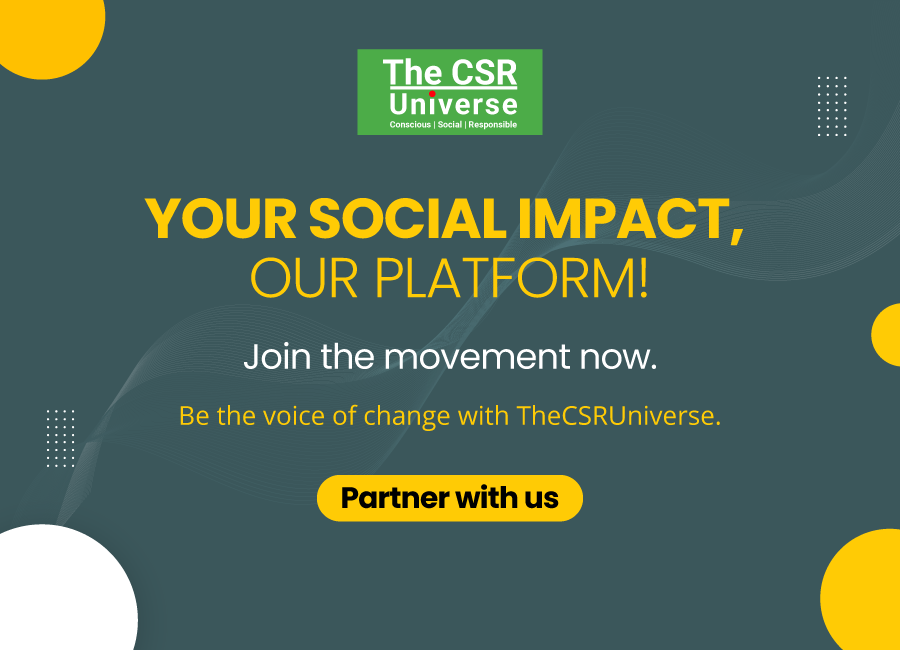

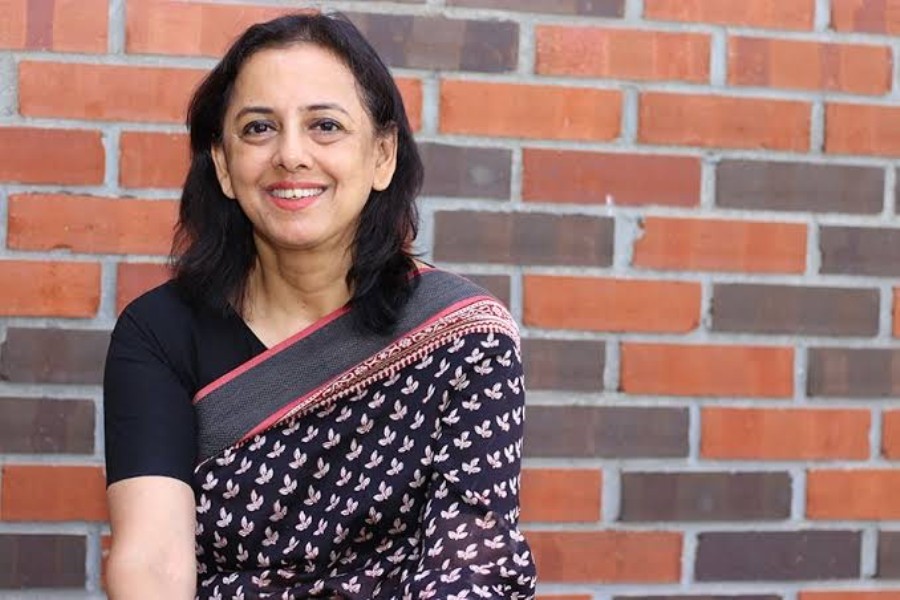
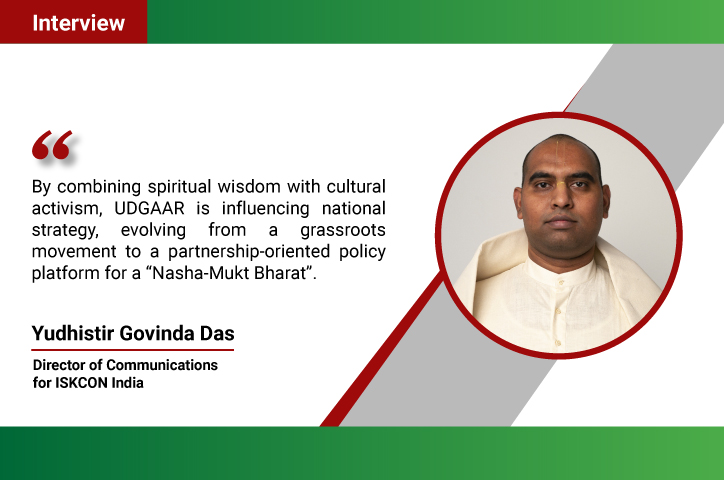

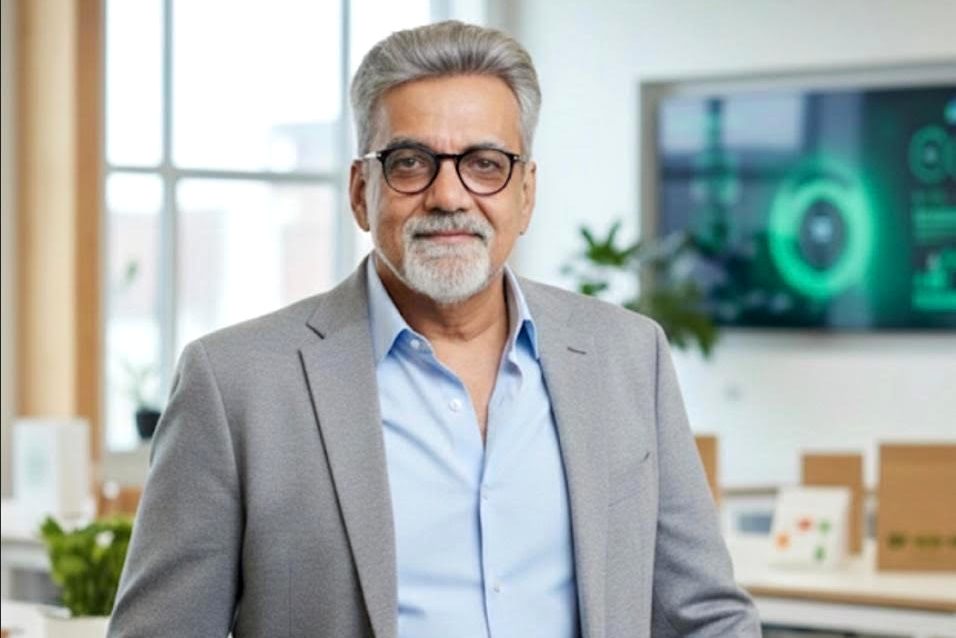

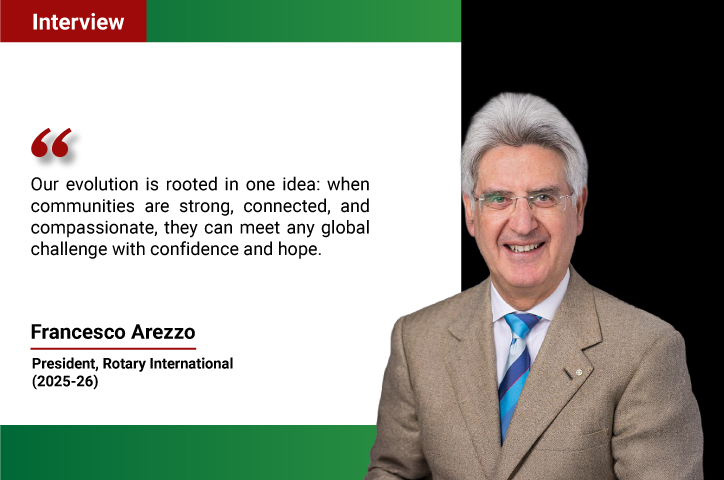
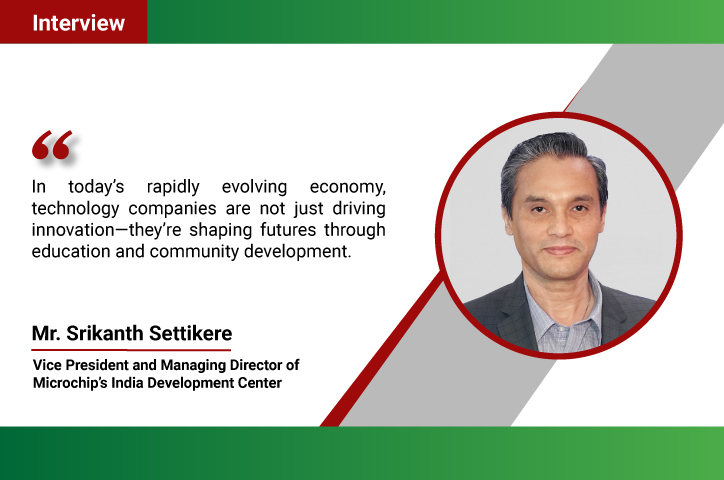
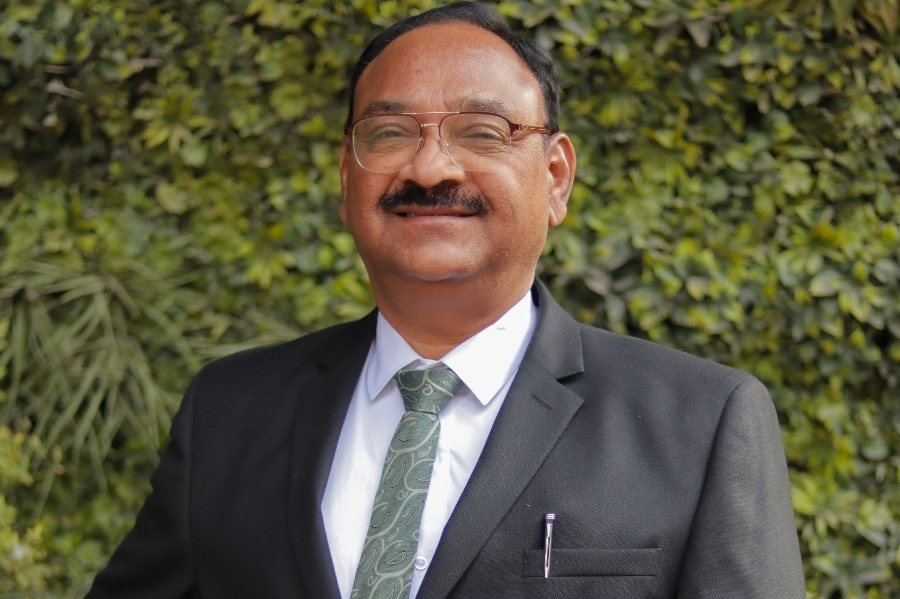
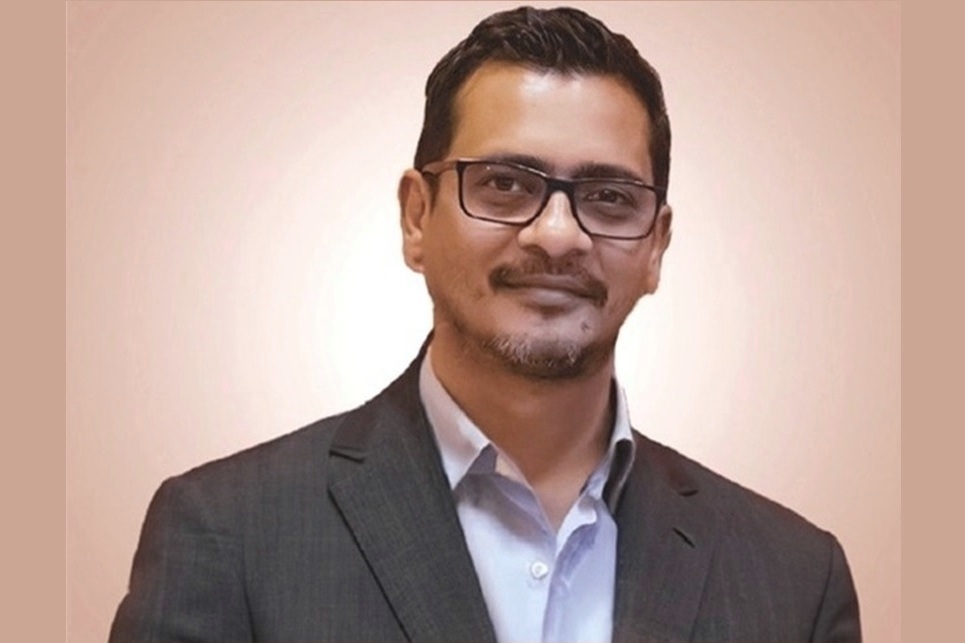

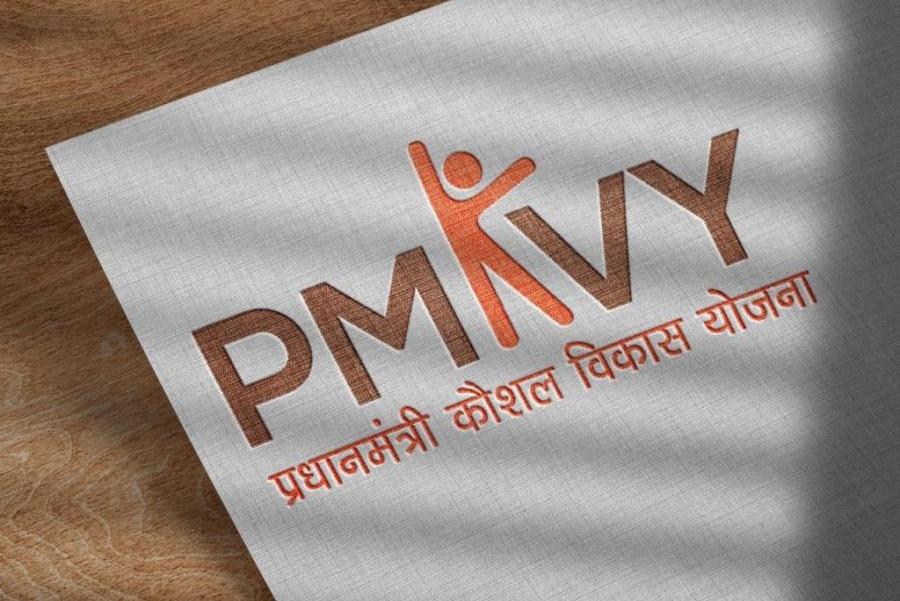
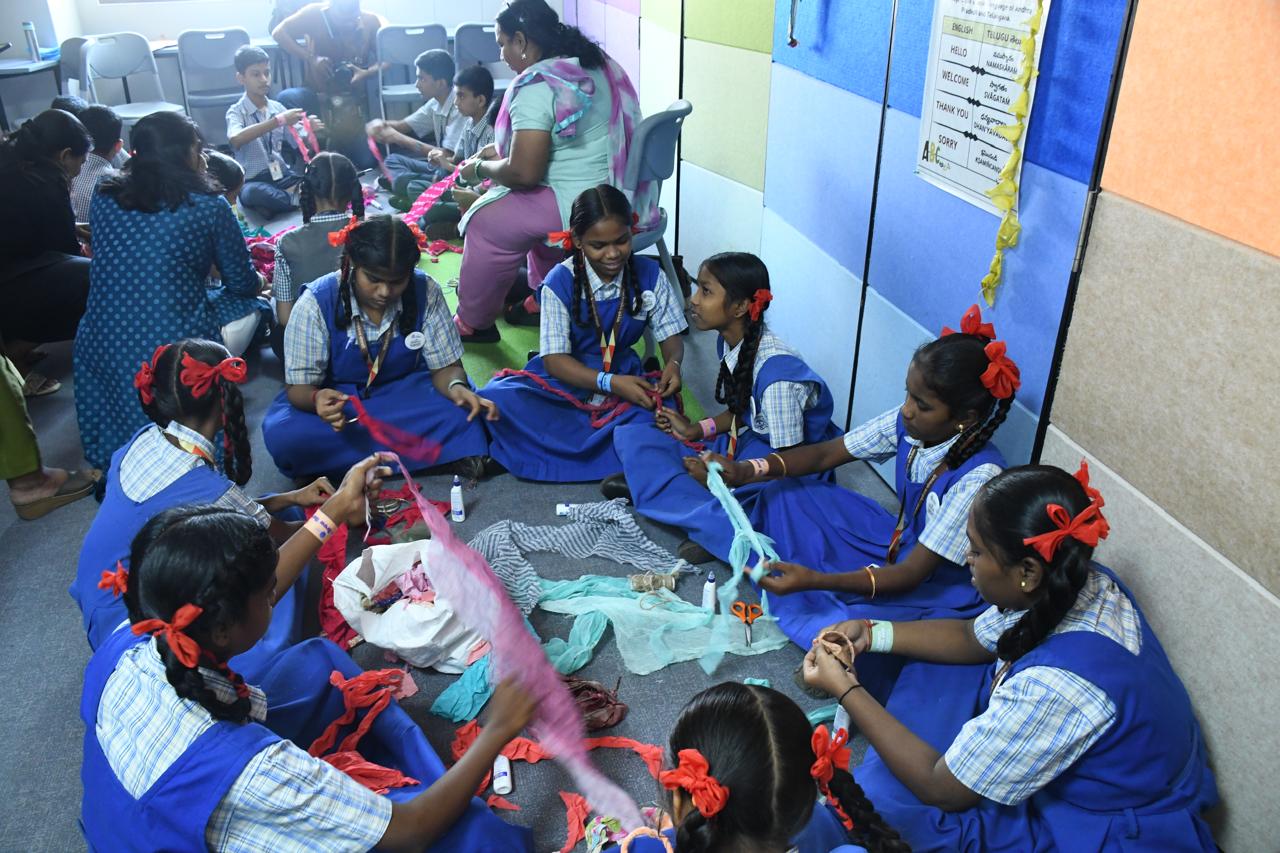
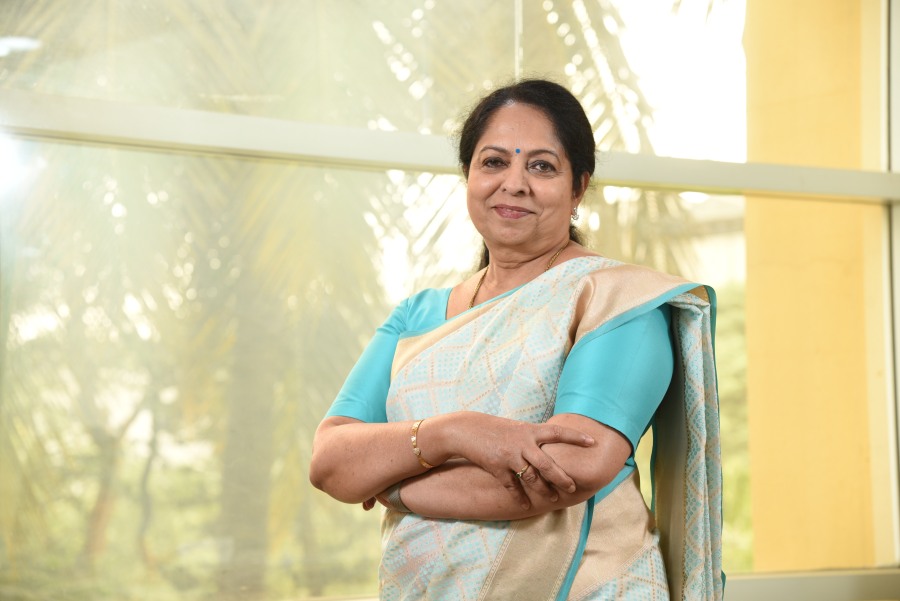
.jpg)

